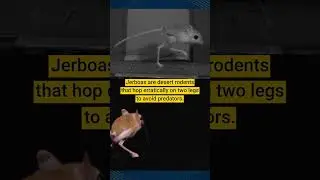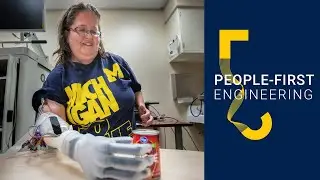A powered exoskeleton vs. a collegiate high jumper. Who will win?
What can robots actually do... today? Can they help the average person beat a high jumper?
“The Testing Lab” is a new series from @michiganrobotics. They’ll put robots to the test to see just how far they have come, and how far they still have to go.
The first installment is focused on powered exoskeletons. These robotic exoskeletons have the possibility of aiding a wide range of users, from those who do physical labor to those who need help with mobility to the elderly. Can it do something more easily measurable, like jump?
To see, Emily Bywater from the Neurobionics Lab in the University of Michigan Robotics Department takes a powered ankle exoskeleton, designs and develops the control algorithms for jumping, and goes up against a high jumper from the U-M Track & Field team.
With help from Professor Elliott Rouse and other lab mates, the tests help demonstrate the possibilities, current state, and future engineering work for these mobility assistants.
The team demonstrated the exoskeleton at a live event in the U-M Ford Robotics Building followed by a panel discussion. Watch that here: • The Testing Lab: Exoskeletons Tech Ta...
Panel:
Moderator: Dr. Michael Gonzalez
Panelists:
Dr. Bobby Gregg
Eva Mungai
Emily Bywater
Dr. Elliott Rouse
Dr. Luke Mooney
More on:
University of Michigan Robotics: https://robotics.umich.edu
Neurobionics Lab: http://neurobionics.robotics.umich.edu
------
Watch more videos from University of Michigan Engineering and subscribe: @MichiganEngineering
The University of Michigan College of Engineering is one of the world’s top engineering schools. Michigan Engineering is home to 12 highly-ranked departments, and its research budget is among the largest of any public university.
http://engin.umich.edu/
Follow University of Michigan Engineering:
Twitter: / umengineering
Facebook: / michigan.engineering
Instagram: / michiganengineering































